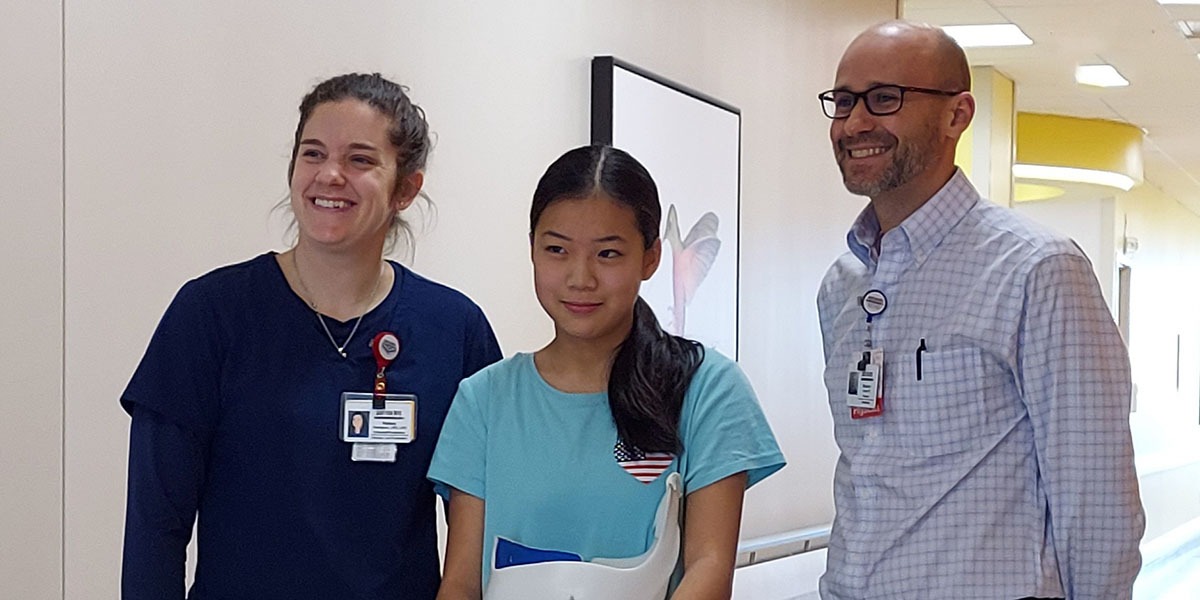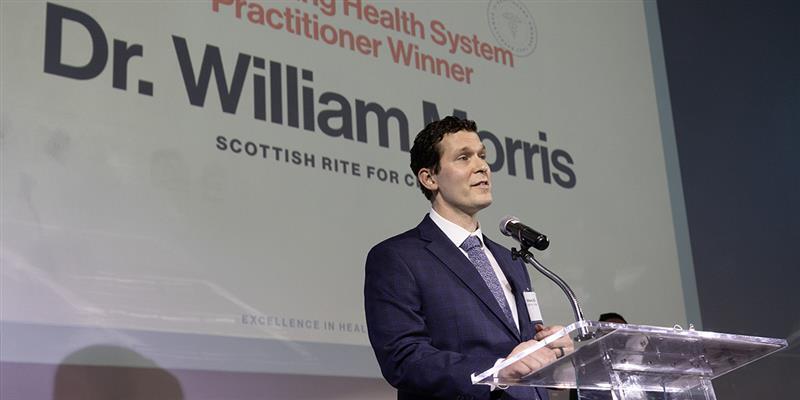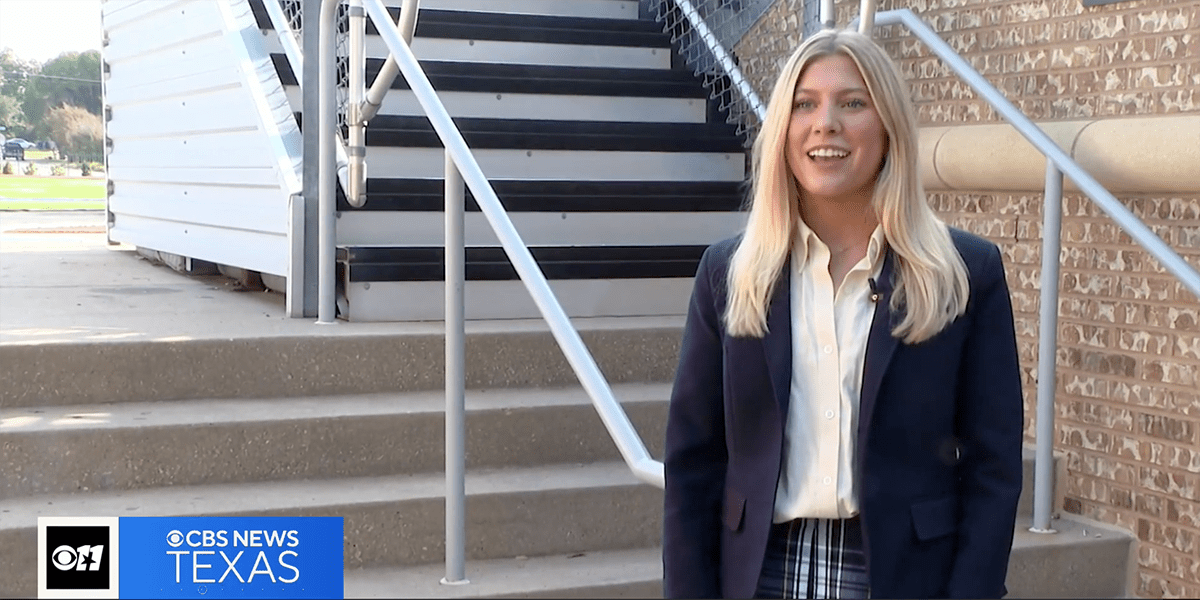Our latest presentation from Coffee, Kids and Sports Medicine covers the management of acute shoulder instability in young athletes. Sports medicine physician assistant Ben Johnson, P.A.-C., dives into the differences in instability patterns between the skeletally immature and skeletally mature shoulder, on-field/acute management of shoulder dislocation and evidence-based recommendations for treatment of first-time shoulder dislocation.
Johnson begins the presentation by discussing the epidemiology of shoulder dislocations in high school and collegiate athletes in the United States and explains why it matters. He then shares important insight in how children and adolescents differ from adults physically, especially in relation to the capsular elasticity, a smaller anterior-inferior recess and more. Johnson shows the changes that occur in the shoulder as an adolescent enters puberty, and he discusses how this affects shoulder injuries.
Next up, Johnson teaches on-field and acute management of shoulder dislocations in pediatric patients and what medical providers need to know. Acute management includes taking a brief history, initial assessment and considering sport-specific factors. He breaks down when and how on-field reductions should be performed, sharing the benefits of early reductions and red flags to consider.
Johnson provides an evidence-based review of external and internal immobilization compliance and outcomes, along with the pros and cons of each method. He then answers questions about operative versus nonoperative treatment, breaking down the consequences of each.
To wrap up the presentation, Johnson provides a summary on pediatric glenohumeral dislocation and the steps that should be taken when assessing treatment strategies, as well as sharing a treatment algorithm. The presentation is crucial for sports medicine physicians and other medical professionals who treat young athletes, especially those at a high risk for shoulder injuries.
How Danielle Unlocked Her Passion Through Scoliosis Treatment
Sixteen-year-old Danielle is an innovator at heart. During her scoliosis treatment, she discovered solace in the hum of motors at her school’s robotics club. “Robotics helped me power through my treatment,” Danielle…














